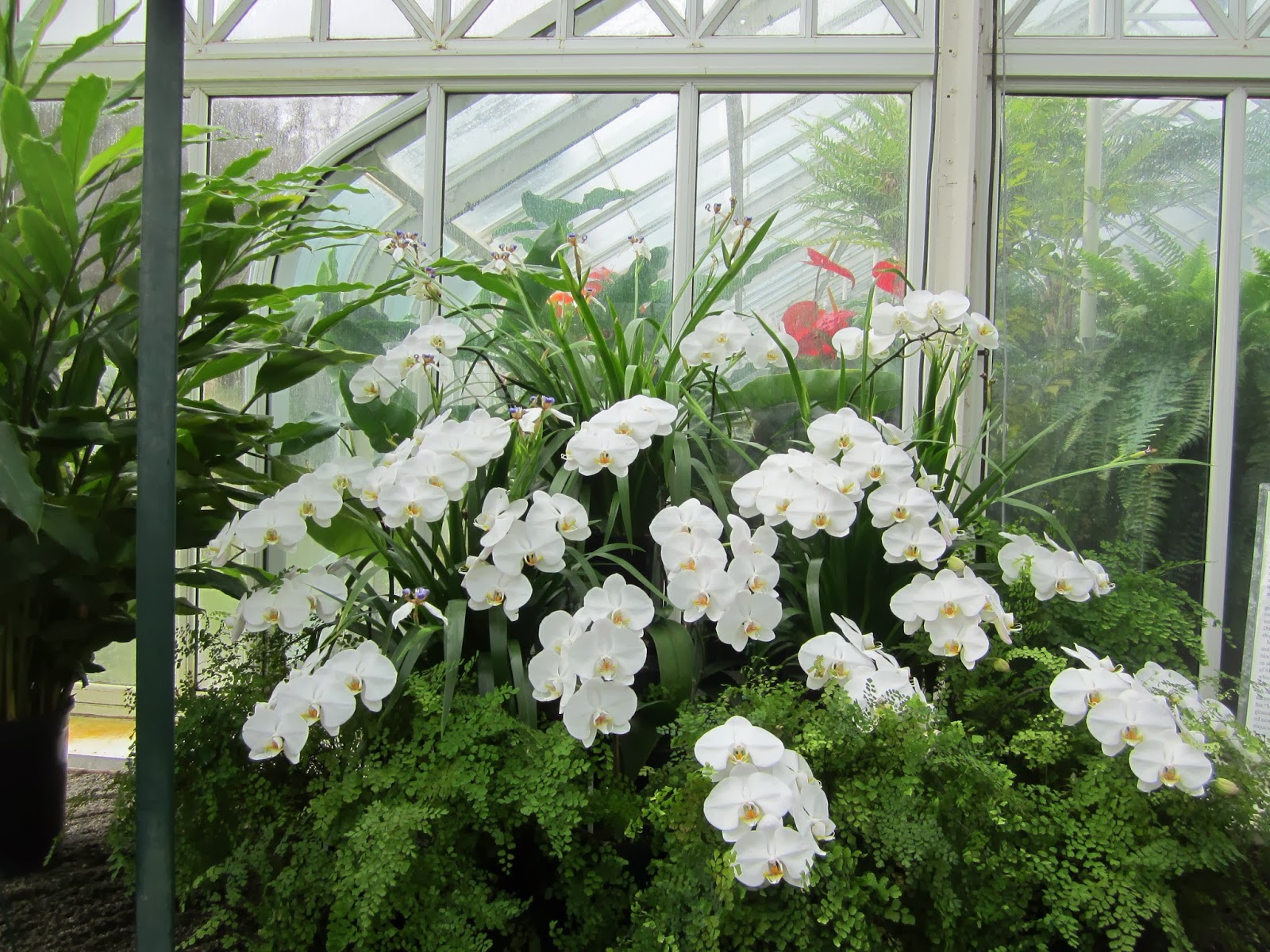Statute of Sakakawea, Bismarck, North Dakota
This week's card was published by the State Historical Society of North Dakota. My neighbor kindly brought it back for me when she returned from a trip there. The bronze statue is of Sakakawea (also spelled Sacagawea, Sacajawea) and her son, Jean-Baptiste (Little Pomp or Pompy), and is found on the grounds of the State capitol in Bismarck, North Dakota.
In 1804 Sakakawea and her husband, a French Canadian trader named Toussaint (sometimes referred to as Pierre) Charbonneau, accompanied the explorers Meriwether Lewis and William Clark as they traveled across the United States from the Dakotas to the Pacific coast. A replica of this statue can also be found in the National Statuary Hall in Washington, D.C.
Born about 1788 not much is known of her early years except that she was a Lemhi Shoshone captured by a Hidatsa war party when she was close to 12 years old. The Hidatsa took her and several other girls from their home in Lemhi County, Idaho to Knife River, North Dakota where they were living in earth lodges. The Hidatsa people eventually adopted her. When Sakakawea was about 13 years old she was taken as a wife by Toussiant Charbonneau who was a trapper from Quebec living in the Hidatsa village. He took another young Shoshone named Otter Woman as his wife about the same time. Sakakawea’s name means Bird Woman in English.
Lewis and Clark hired Charbonneau to be the guide for their expedition west. Sakakawea accompanied her husband providing useful service to the exploration party by acting as interpreter with the native people they encountered on the journey. Pregnant with her first child in 1804 she traveled thousands of miles from North Dakota to the Pacific Ocean with the Lewis and Clark Expedition of 1804 to 1806. The National American Woman Suffrage Association chose her in the early 1900s as a symbol of women’s worth and independence. The United States Mint began issuing a dollar coin in her honor in 2000. The image on the coin is modeled after a modern Shoshone-Bannock woman since no image of Sakakawea exists.
Dollar coin honoring Sakakawea, 2001
There is some dispute about when Sakakawea died. It is known that she had another child, a daughter named Lizette. Most historians agree that Sakakawea died of an illness in 1812 while others suggest that she left Charbonneau and went west where she died in 1884 after joining the Shoshone in Wyoming. However, there are adoption records dated 1813 that show William Clark became the guardian of a boy, Toussaint Charbonneau about 10 years of age and Lizette Charbonneau about 1 year old. It seems doubtful that she would leave her children so I am inclined to believe that she did die in 1812. Also, in his notes about the expedition written in 1825-1826 Clark lists the members and their last known whereabouts. Next to Sakakawea’s name he wrote: Dead.
It is believed that her daughter, Lizette, died as a child. Her son, Jean-Baptiste, lived an adventurous life, learned several languages, lived in Europe, returned to America and became a Western frontiersman, a gold miner, led pioneers west, even became a magistrate for the San Luis Rey Mission in California. He died from pneumonia near Danner, Oregon in 1866.
For more information, please see:
http://en.wikipedia.org/wiki/Sacagawea
http://en.wikipedia.org/wiki/Toussaint_Charbonneau
http://en.wikipedia.org/wiki/Lewis_and_Clark_Expedition
http://DiscoverND.com/hist






























































